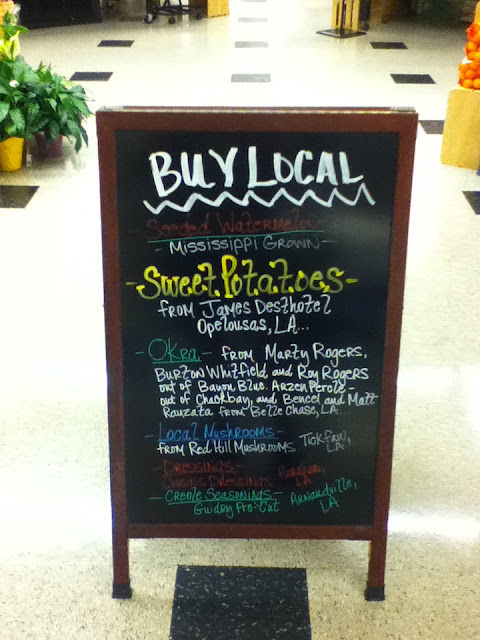 |
| May |
They also were relatively little trouble to look after. I had to refine watering them over time. At first I was putting water in a pan for them, which went okay for a while, but they tended to want to climb into the pan or turn it over to make a mud hole. So when it got really hot I got worried about them. I then put an automatic waterer out for them attached to a 55 gallon barrel. This worked much better, and after a little refinement was eventually the system I suspect I will use for all future pigs or goats, at least so long as it isn't freezing outside.
I did feed them every night. If I do pigs again I may get them an automatic feeder so that I don't have to do that. That said, it kept me in contact with them daily, and that seemed like a good thing. Except, a lot of days the contact was closer than I wanted with an animal renowned for rolling in it's own feces. I got frustrated with them for a while because they would come up and rub against my legs and I would go in the house smelling of pigs. But I eventually started keeping a pair of "scrubs" pants in the barn, and slipping them over my shorts before I fed the pigs. Once I did that feeding them ceased to be a problem.
 |
| July |
The day to take them to the slaughterhouse, however, was difficult. The day before my dad went to the slaughterhouse and picked up their trailer to carry the pigs in. Turns out it was a big horse trailer, and was about as much as his truck could handle. Then in the morning I got up and put together a makeshift ramp, so I could just lead the pigs into the trailer. They always follow me when I have the feed bucket in their pen, so I figured they would follow me into the trailer. Then once Daddy was here with the truck, he got the trailer into position, and the pigs then made it clear they would follow me right up to the point where their pen usually ends, and no further. So I called a friend (Thanks for the ideas Sean, they didn't pan out this time, but were an important part of the process). He suggested making a tunnel they could go through and they usually will go through it. So I used some T-posts and some cardboard boxes to make a tunnel, and daddy backed the trailer up almost right to their gate (the bottom of the ramp was now inside their pen). Still, they decided they would just as soon stay in their pen (did they know where we were going or what?). One of them did actually follow me all the way up the ramp, but wouldn't take the step off of the ramp into the trailer, and finally turned around and ran back into the pen.
 |
| Clemenza drinking water in September |
 |
| Tessio enjoying a mud bath in September |
I took Frank and Gabriel back into town, and then came back and Daddy and I rode to the slaughterhouse. I really expected to see the experts at work here, and thought I would learn something about how best to move pigs. Sadly that was not the case. What really happened was the pigs were brutalized with pipes (only a PVC pipe. . . at first) to get them to go into the chute and then into the holding facility. Honestly I found this whole scene pretty disturbing and will probably not take my animals to a slaughterhouse again if I can help it (though I'm hoping that the Chattacreek facility in Bowdon becomes a reality and is different from this). Still, when it was all done, the pigs were there, and they weighed way more than I was guessing (I had planned to slaughter them at 200, and sort of guessed - after dragging them up the ramp - that they might have been 250 or so). But they turned out to be 245 and 275 (as already noted above). So we can expect to be eating a lot of pig for a good long while, and I'm a-OK with that.
So, to bring this to an end. Raising the pigs was pretty easy, and they grew faster than expected. Moving them was a royal pain in the ass, and slaughterhouses are brutal (which I guess shouldn't have been a surprise). All in all, the only thing that feels like it wasn't a total success in this experiment was the last day of having contact with the pigs as living breathing animals. Likely, most pigs we might eat have similar last days, so I still feel good about these animals having had a good life almost right to the end. And next time, I'll try to be ready to take it all the way to the end and just kill them here on the farm.























